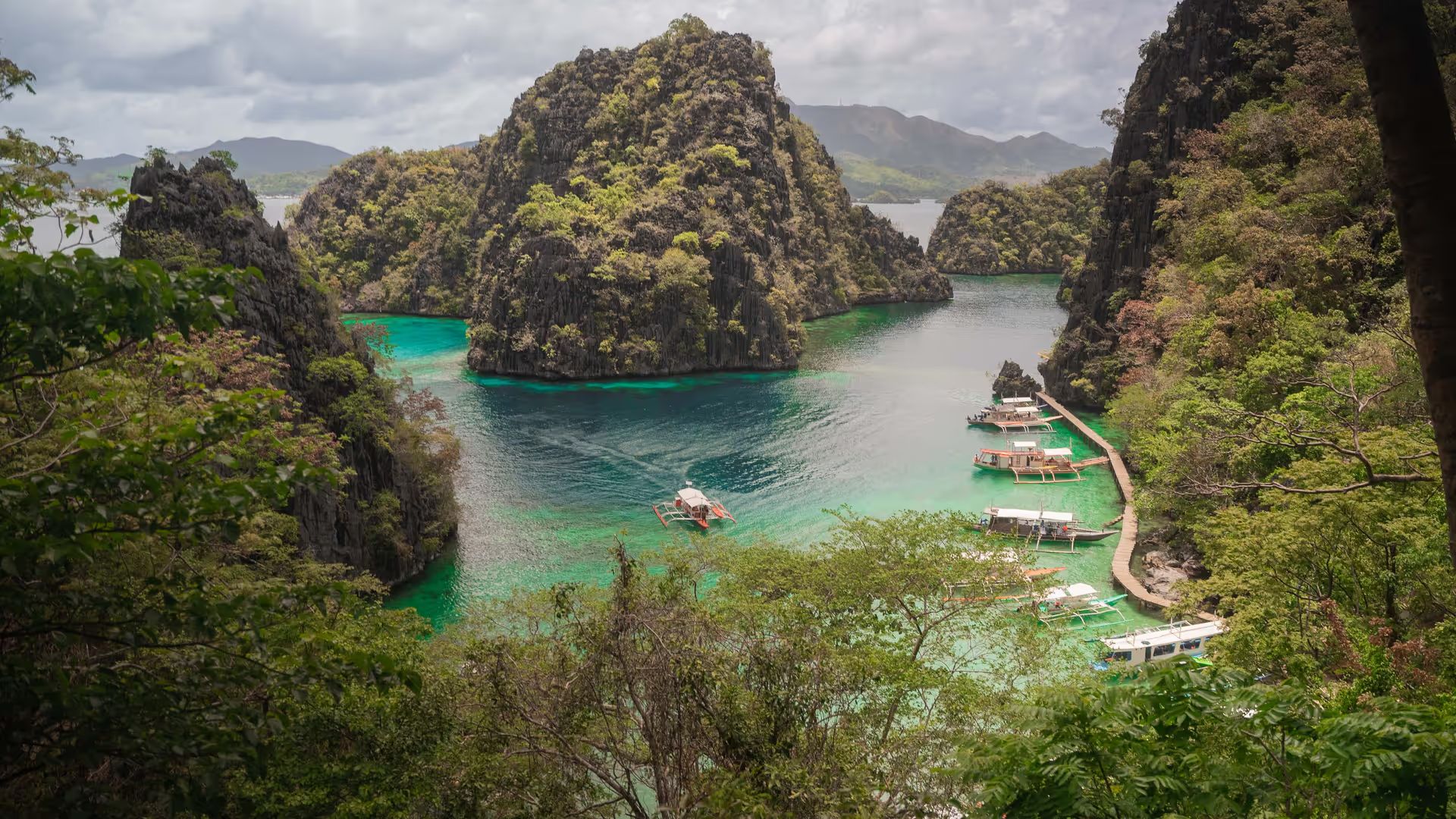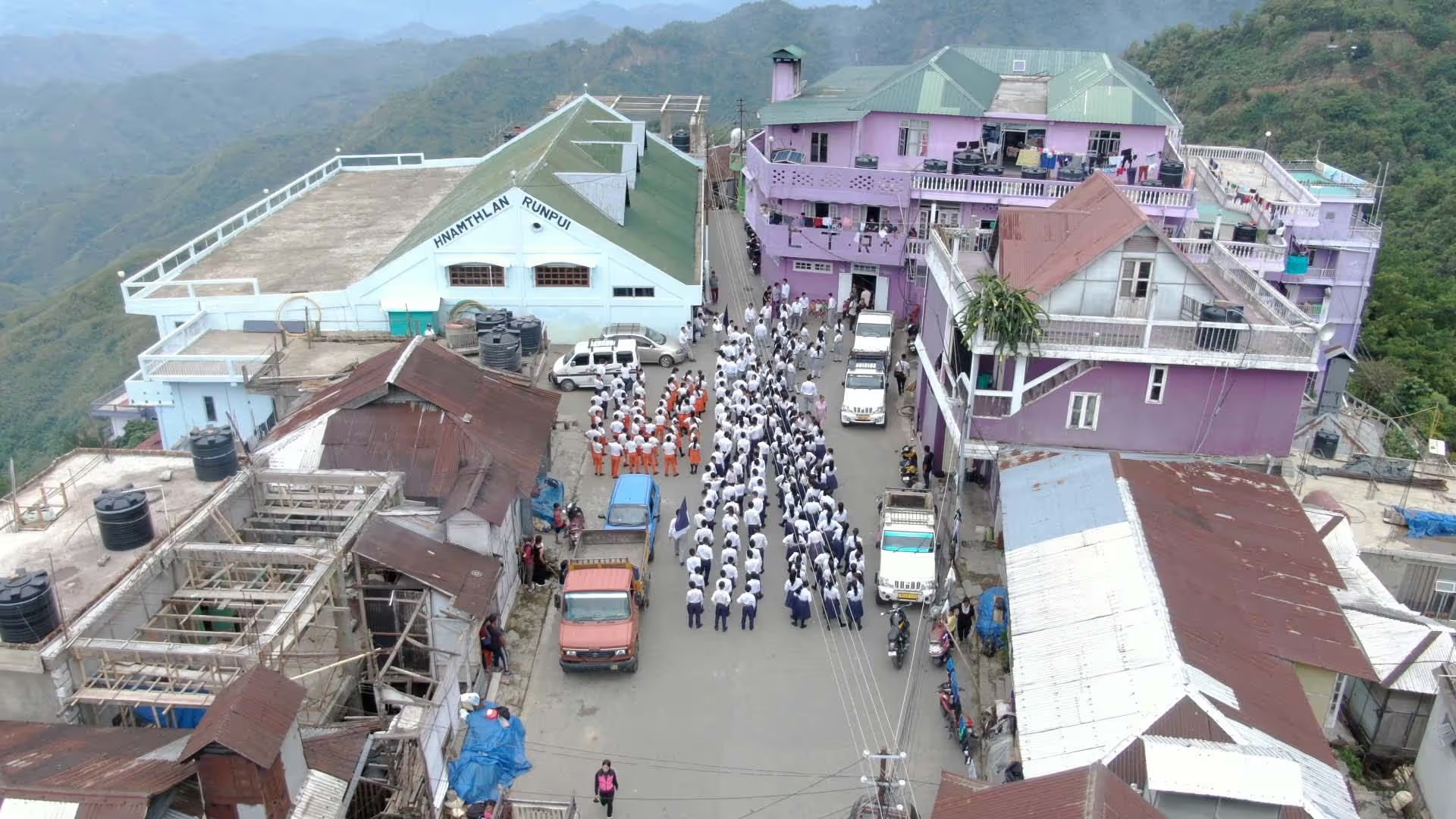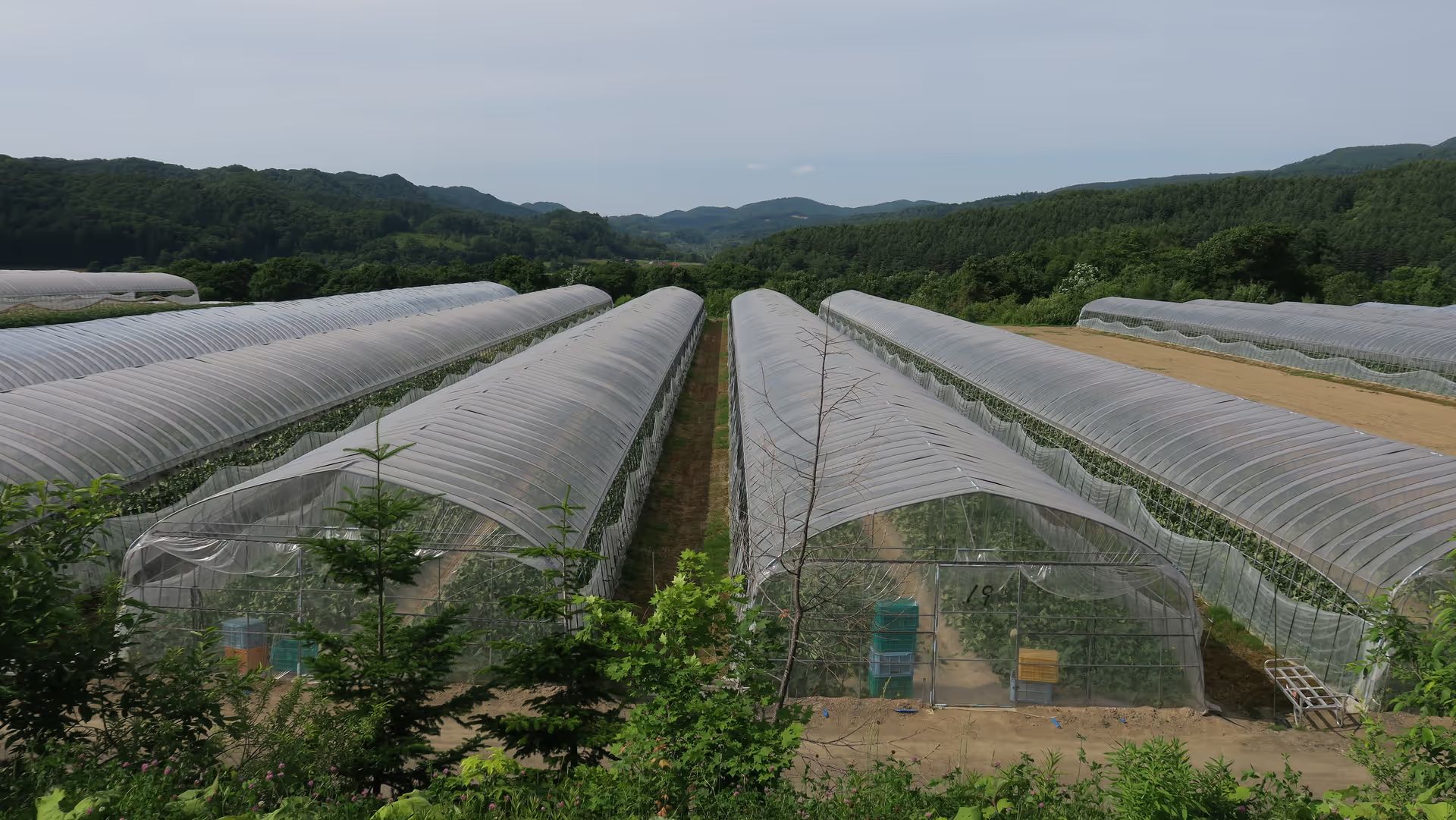Extreme Asia
An intimate look into what goes on behind the scenes in the making and maintaining of some of Asia’s most fascinating extremes.
Chapters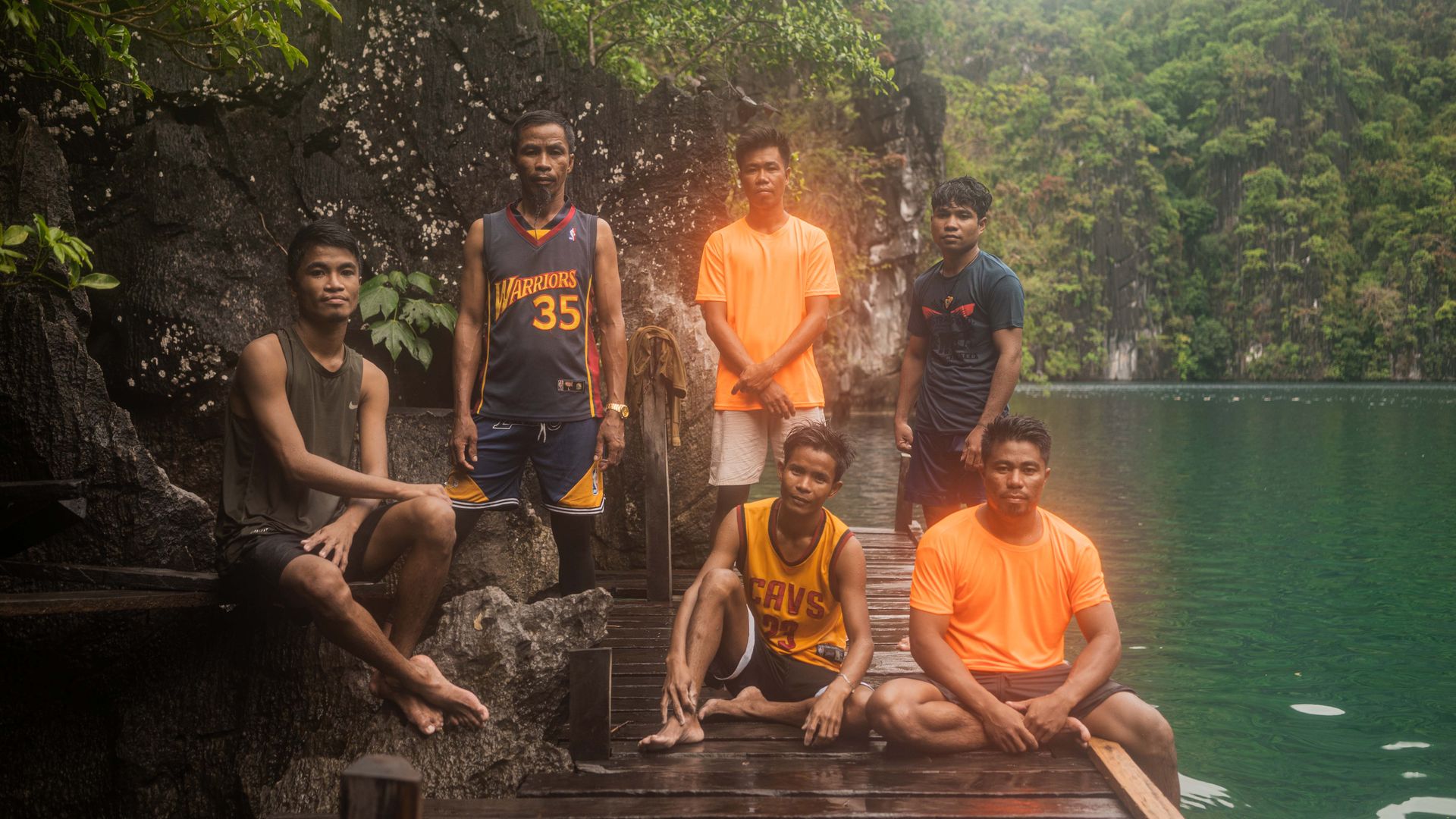
The sound of cicadas almost drowns out the laughter of tourists swimming in the clear turquoise waters of Kayangan, a lake surrounded by towering limestone formations on the western Philippine island of Coron in Palawan province.
A man with the word “lifeguard” printed on the back of his neon-orange shirt silently watches the tourists from a wooden bridge that snakes around the edges of the lake. He begins walking, searching every crack and crevice in the rock formations.
He finds it lodged between limestones in the shallows – a child’s diaper, wet with lake water, urine and faeces.
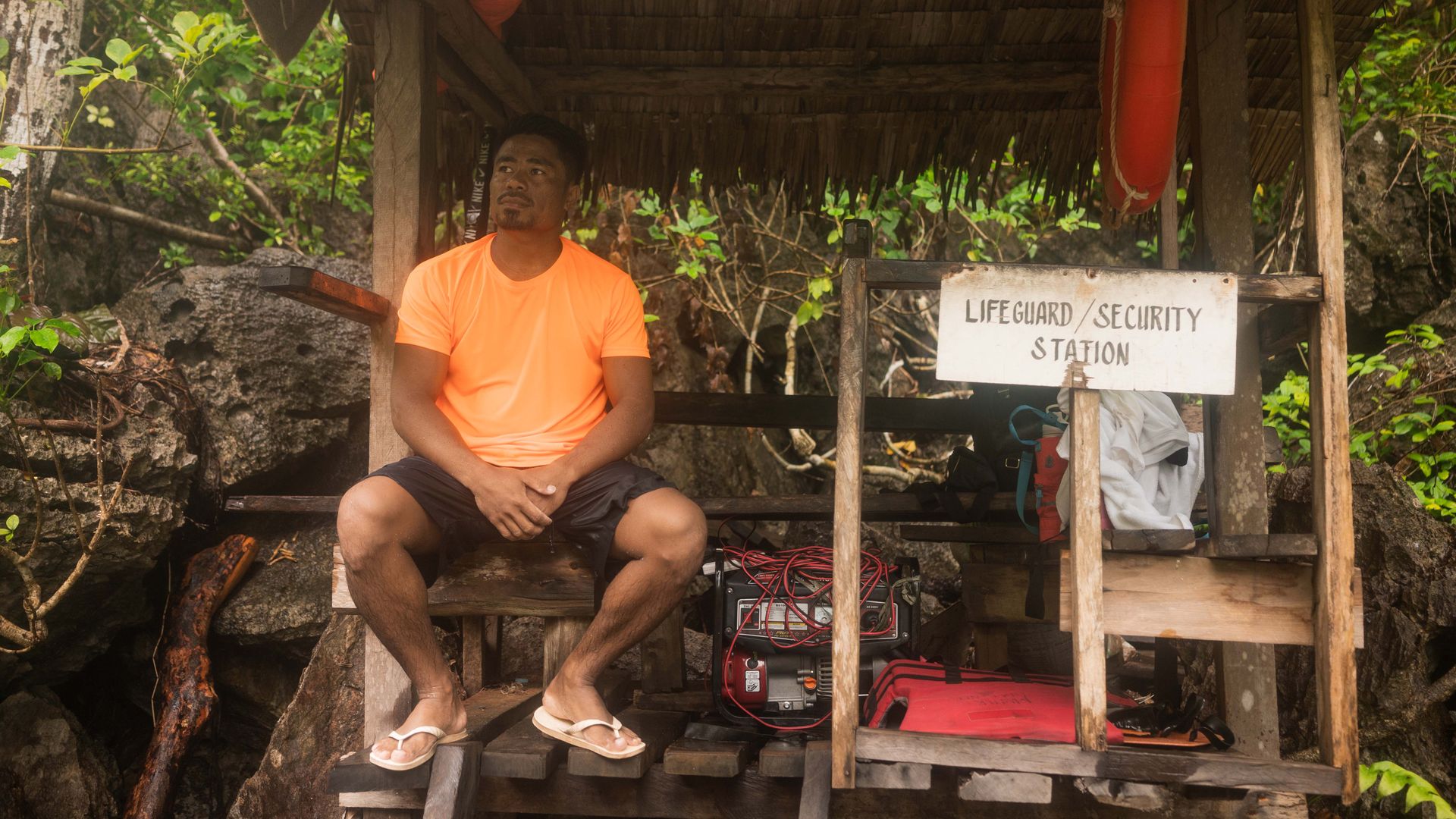
Mr Marco Aguilar, 30, does not flinch as he picks up the diaper with his bare hands and places it inside a sack, already filled with plastic scraps and bottles he had gathered around Kayangan over two days.
He is part of the Calamian Tagbanua, an ethnic tribe that has lived in Coron for thousands of years. Kayangan – world famous for being Asia’s cleanest lake – is part of their ancestral home, and they are its guardians.
I get angry at the people who leave their garbage at the lake. They already know they’re not supposed to, but they still do it.
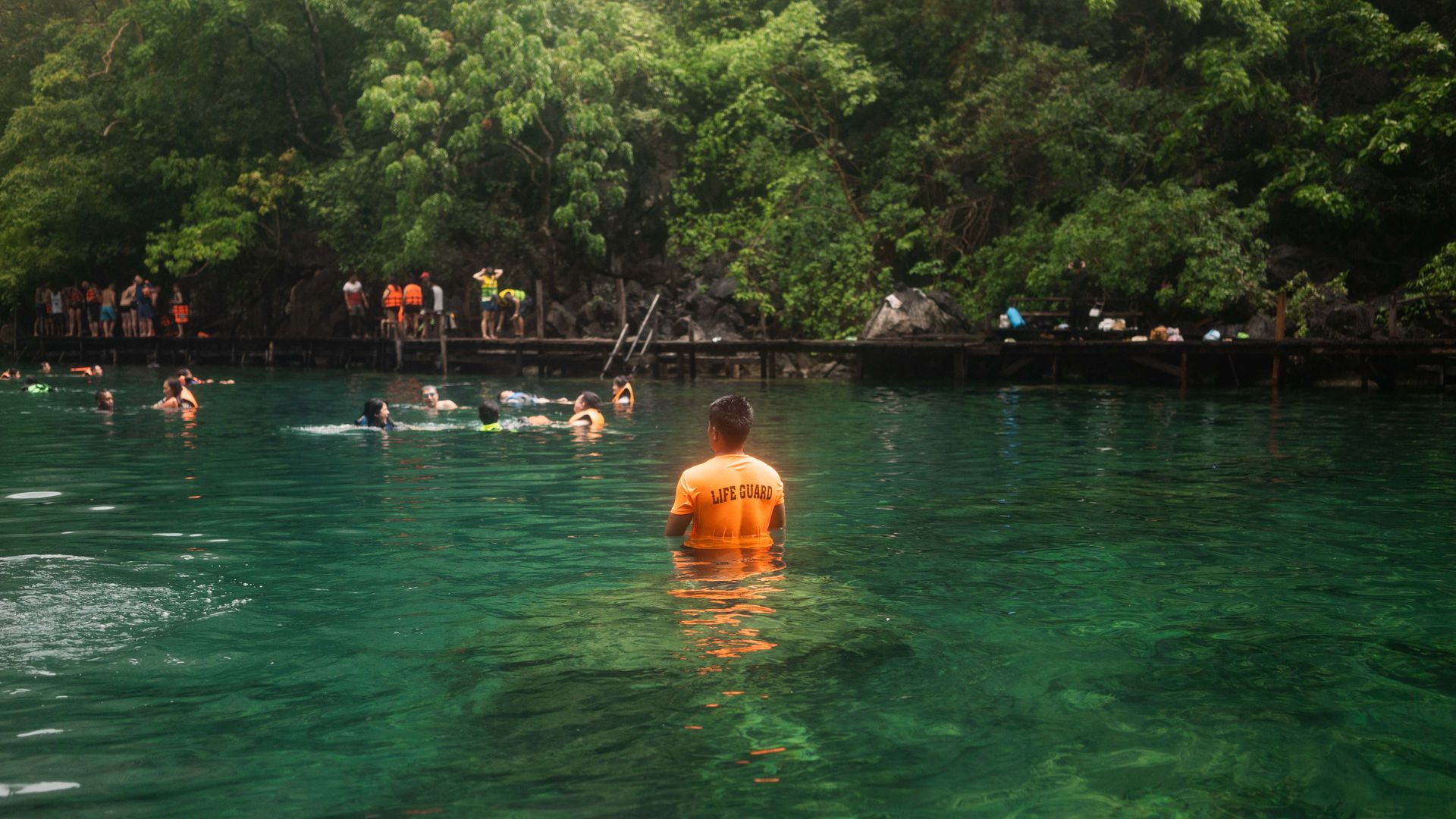
For tourists, Kayangan is a bucket-list destination; for the 3,000 Tagbanua people in Coron, the lake is their livelihood.
The tribe owns and preserves Kayangan Lake as well as other lagoons, islets and beaches that are part of the Tagbanua’s 22,284ha ancestral domain – nearly a third of the size of Singapore.
The tribe considers the 13 lakes throughout their lands sacred, believing these are inhabited by nature spirits. The tribe members dare not swim or fish in these waters.
The elders eventually agreed to open two of their lakes to outsiders in 2001, following an increasing demand for tourism.
They performed a ritual they call uliwansag to seek the spirits’ permission to allow outsiders to go to Kayangan Lake, which is named after the kayangag, or white cockatoos, that used to live around the lake. The birds have moved to another part of the island to avoid the tourists.
Kayangan’s brackish mix of fresh water and salt water is so clear that marine life and rock formations in its depths can be seen from the surface.
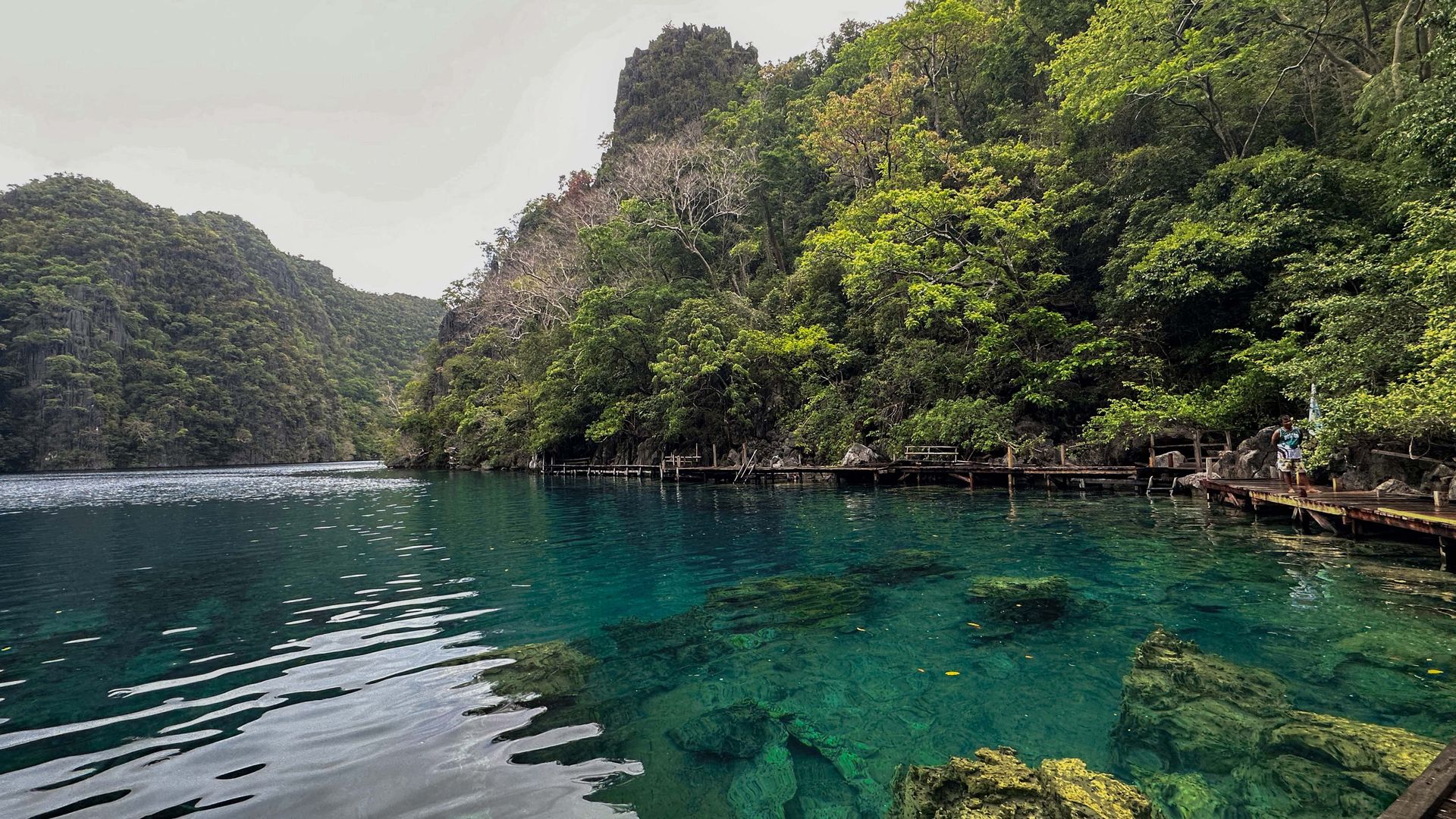
To get to the lake, visitors must climb a cliff that features a view deck, where tourists can take an iconic photo of Coron’s tall limestone rocks surrounded by pristine waters.
The Tagbanua named another lake Barracuda, after the skeleton of a large fish they discovered underwater. Like Kayangan, it also has clear, brackish waters. Scuba divers are allowed there as it does not have Kayangan’s strong underwater currents.
Dirty, disobedient tourists
As a lifeguard, Mr Aguilar is tasked to not only give first aid to tourists when they need it, but also to safeguard Kayangan’s pristine beauty.
He starts his day before sunrise, sweeping away leaves that fall on each of the 300 steps going up to Kayangan.
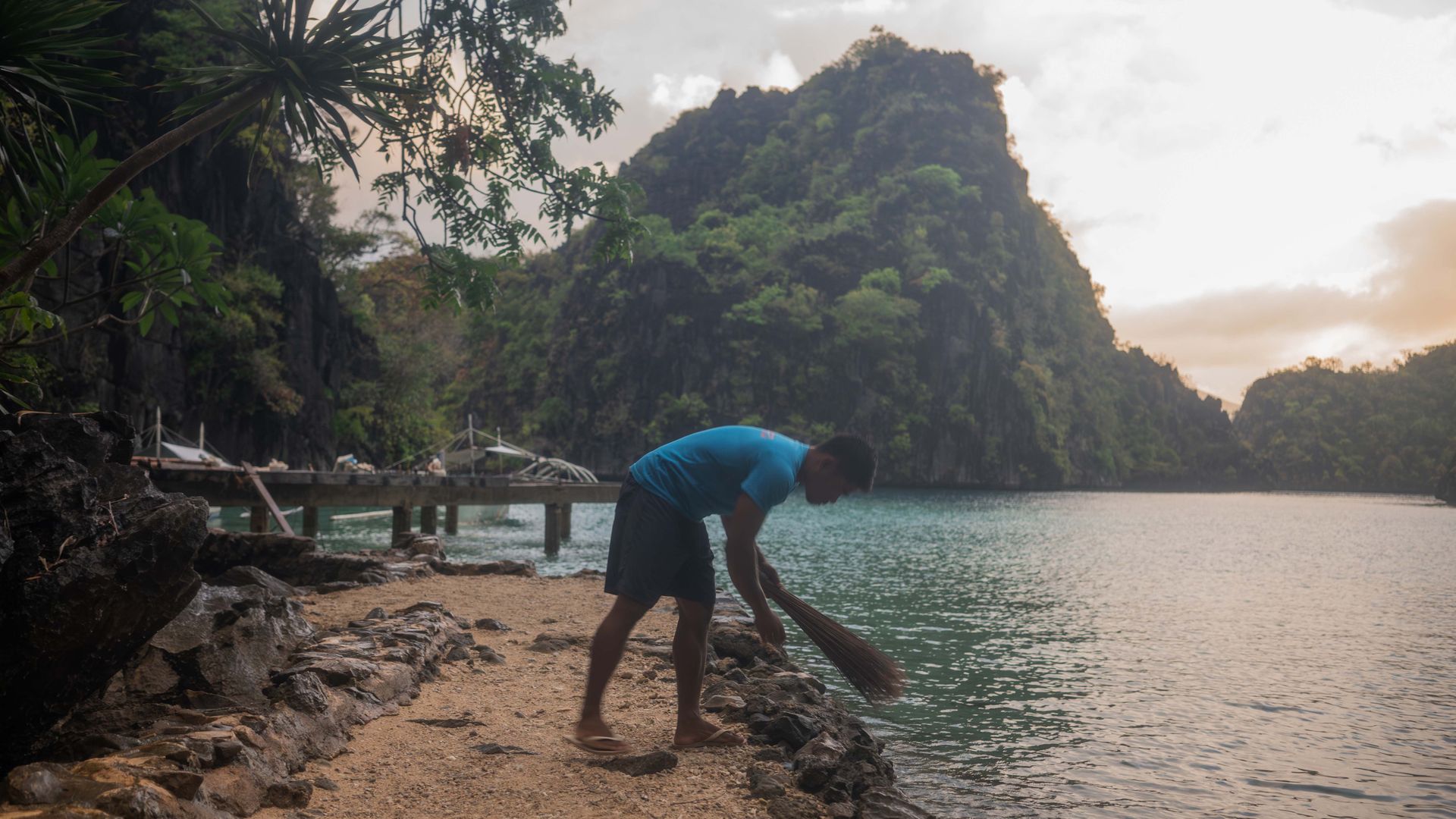
When the lake opens at 7am, Mr Aguilar reminds visitors to follow simple rules: Always wear their life jackets. No diving. No smoking. No throwing of garbage into the lake.
But guests do not always follow the rules.
So when there are no emergencies, Mr Aguilar hunts for empty water bottles, drink cans, cigarette butts and plastic wrappers that get wedged between rocks near Kayangan’s walkway, where guests rest after taking a dip.
He also puts on goggles and makeshift flippers, recycled from a water drum and an old tyre, to dive 6m to the bottom of the lake to scour for plastic scraps.
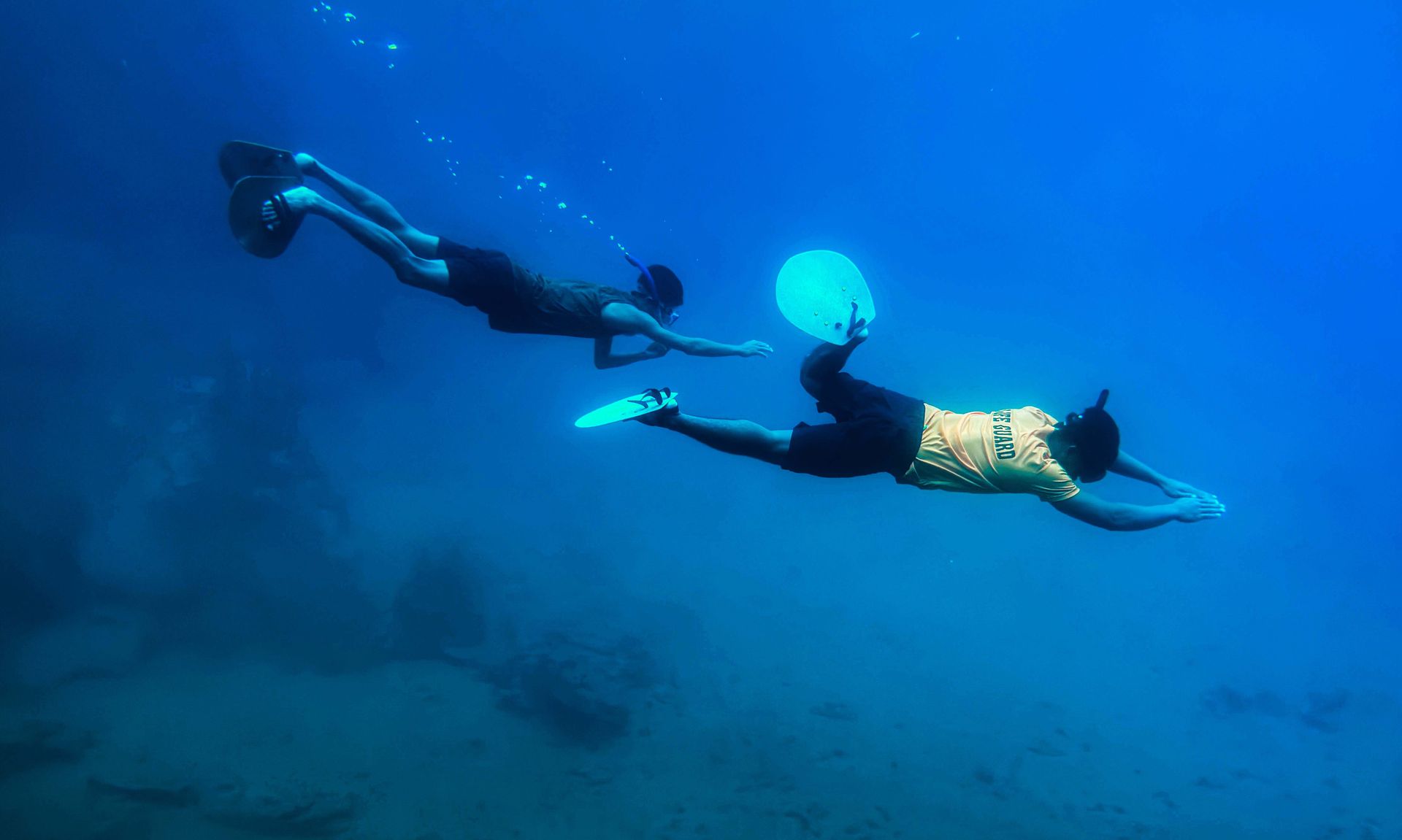
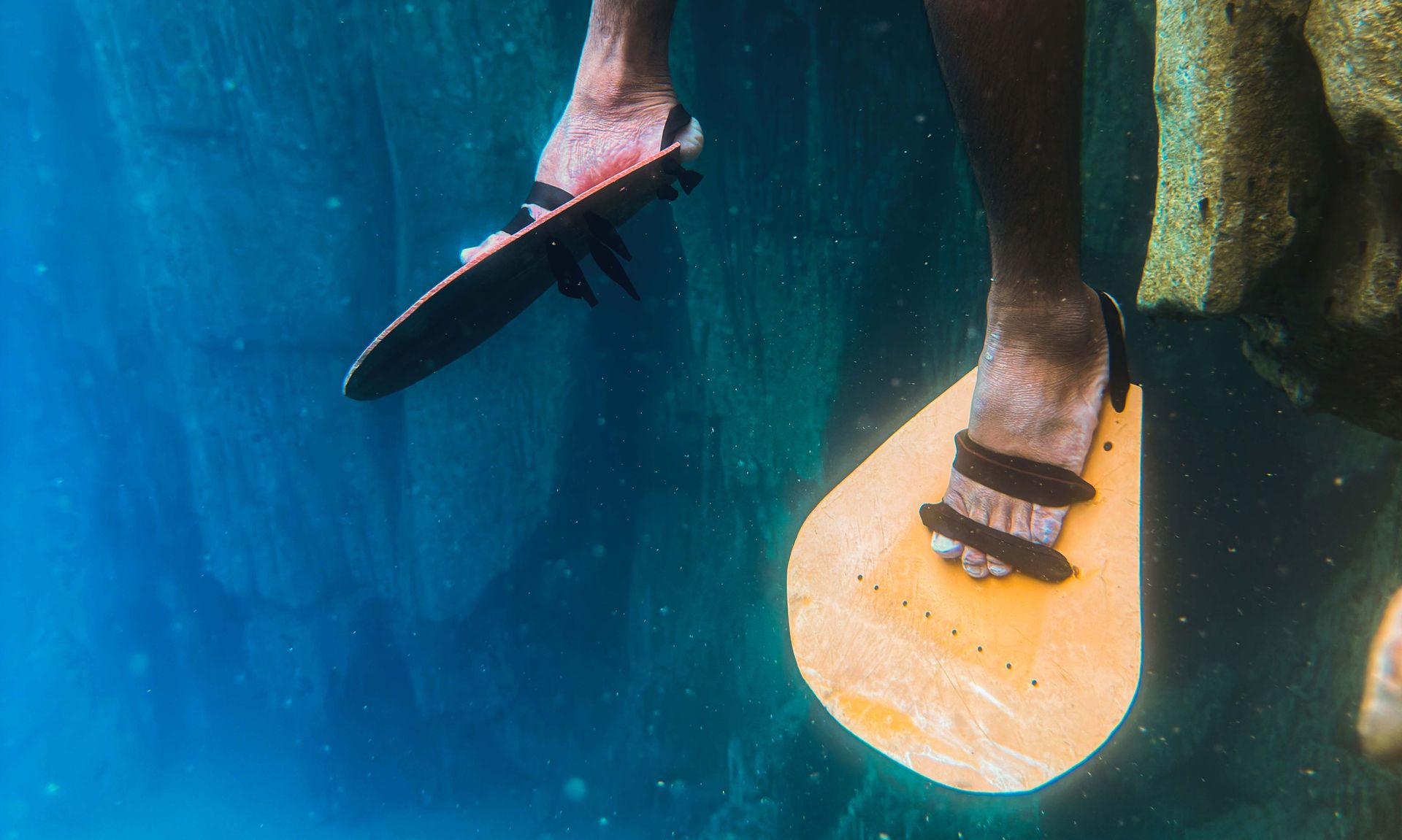
There are days when tourists blatantly disregard the Tagbanua’s rules. Mr Aguilar says he sometimes finds used sanitary napkins thrown in the lake.
That is not the worst of it.
Once, he spotted a woman swimming towards Kayangan’s small cave. He then saw her defecate there.
I didn’t call her out. I was too shy because she was a woman. She might say I was disrespecting her. I didn’t want to embarrass her
He waited for the woman to leave before using a plastic bottle to scoop up her waste, then buried it in the forest where visitors are not allowed to go.
A matter of survival
Access to formal schooling and social services was once unheard of for the Tagbanua, who had been isolated from the rest of the world for generations.
The tribe’s ancestors lived in caves or wooden huts, foraged for root crops and used spears to fish. They also gathered nests made from swiftlets’ saliva, a highly valued delicacy that they traded with the Chinese, who would use it to make bird’s nest soup.
But they had to open their doors to modernity if they were to survive.
“Life was so hard before. There were days when we would eat only at night,” says tribal council leader Darmo Manuel, the sun-scorched skin on his forehead creasing as he recounts the past.
“We rarely had meat. We ate mostly the root crops we could find around here.”
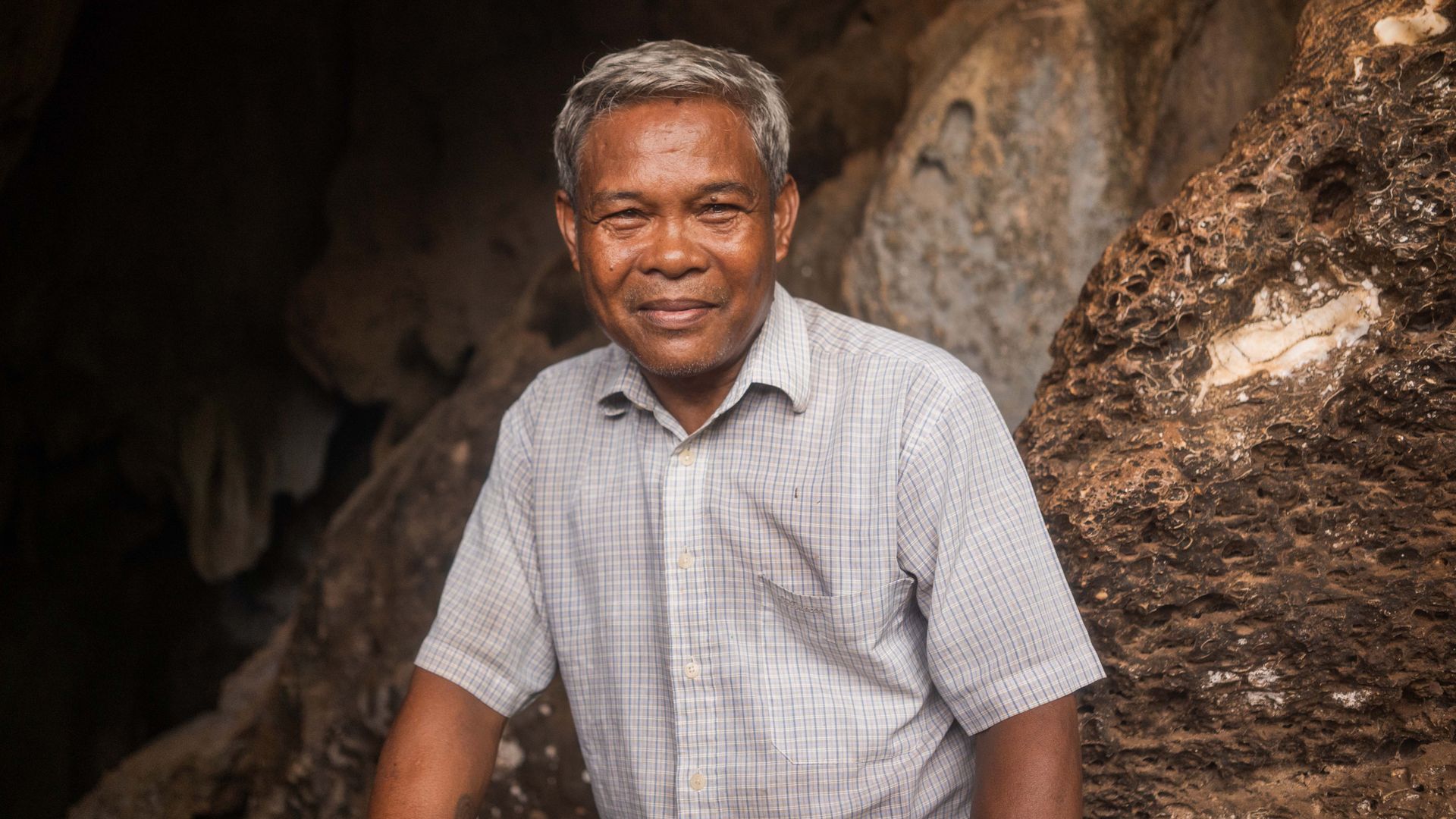
Things changed in the 1980s when the local government of Coron started auctioning off the Tagbanua’s caves to make a profit from the birds’ nests.
More travellers were trying to enter Kayangan without permission, unaware of its sanctity to the tribe.
These developments pushed the Tagbanua elders to begin efforts to gain official ownership and stewardship over their ancestral land and waters.
They were aided by the Philippine Association for Intercultural Development, a non-governmental organisation focused on empowering indigenous peoples, which helped them to map out their ancestral domain.
The process was long and arduous, but the Tagbanua eventually secured their ancestral domain title from the national government in 2002.
The tribe leaders then formed a board of trustees to oversee money matters related to tourism, says tribal vice-chairman Armin Abella, 46.
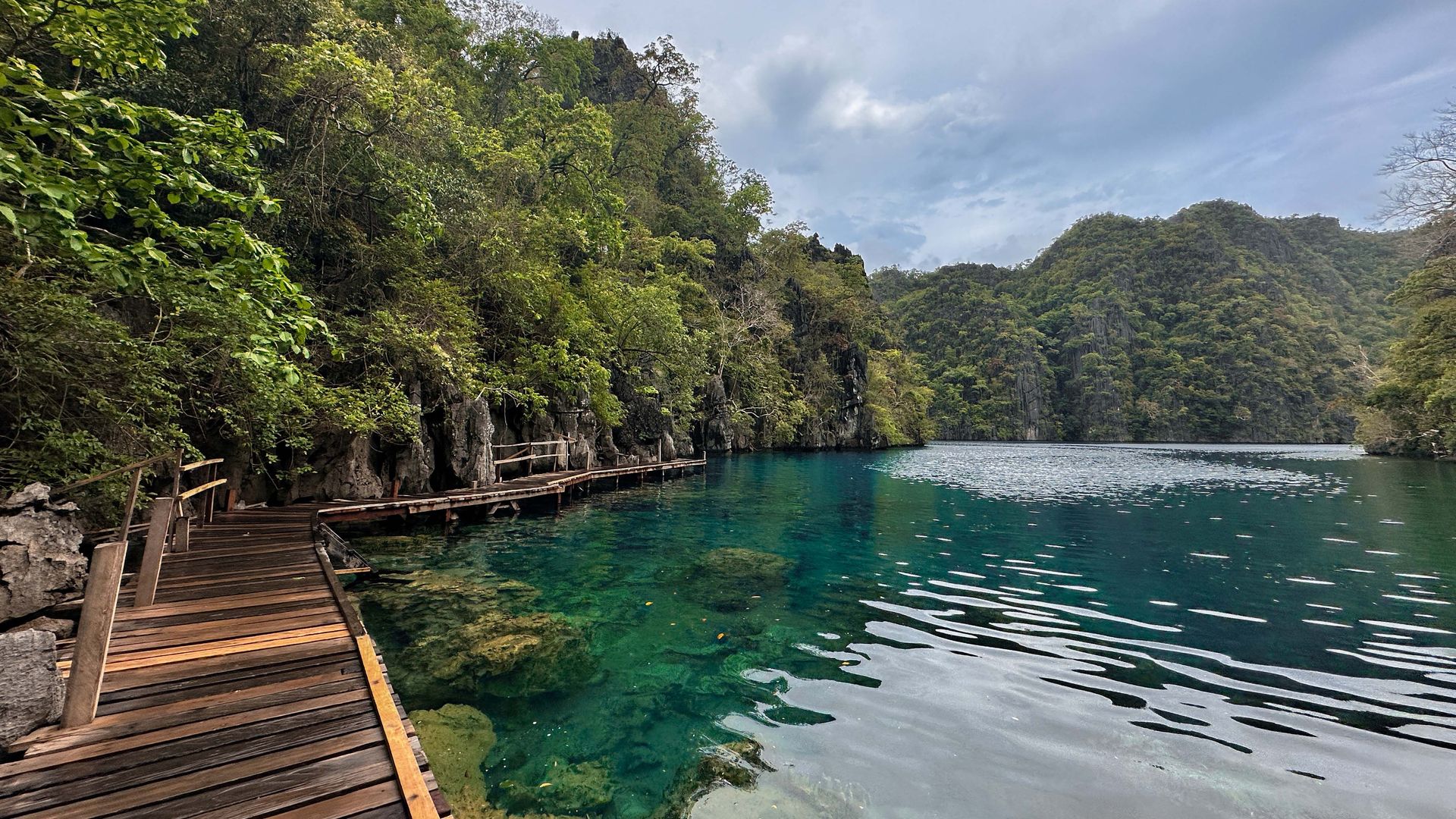
During peak season, the Tagbanua earn as much as 90,000 pesos (S$2,200) a day at Kayangan Lake by charging visitors a 300 peso entrance fee.
Tickets cost between 150 and 200 pesos at the tribe’s less popular destinations, such as Barracuda Lake, Twin Lagoon, Coral Garden and a handful of beaches.
The entire community benefits from the fund, almost half of which is used to send children to school and to foot the medical bills of the sick and elderly.
The fund also pays the wages of the 17 lifeguards, 39 watchmen and 10 security guards who manage their ecotourism business.
Thanks to tourism, Tagbanua elders can now ride boats to Coron town or the neighbouring Culion island to see a doctor. One of the tribe’s younger members recently earned a degree in education and is now teaching elementary students in the village.
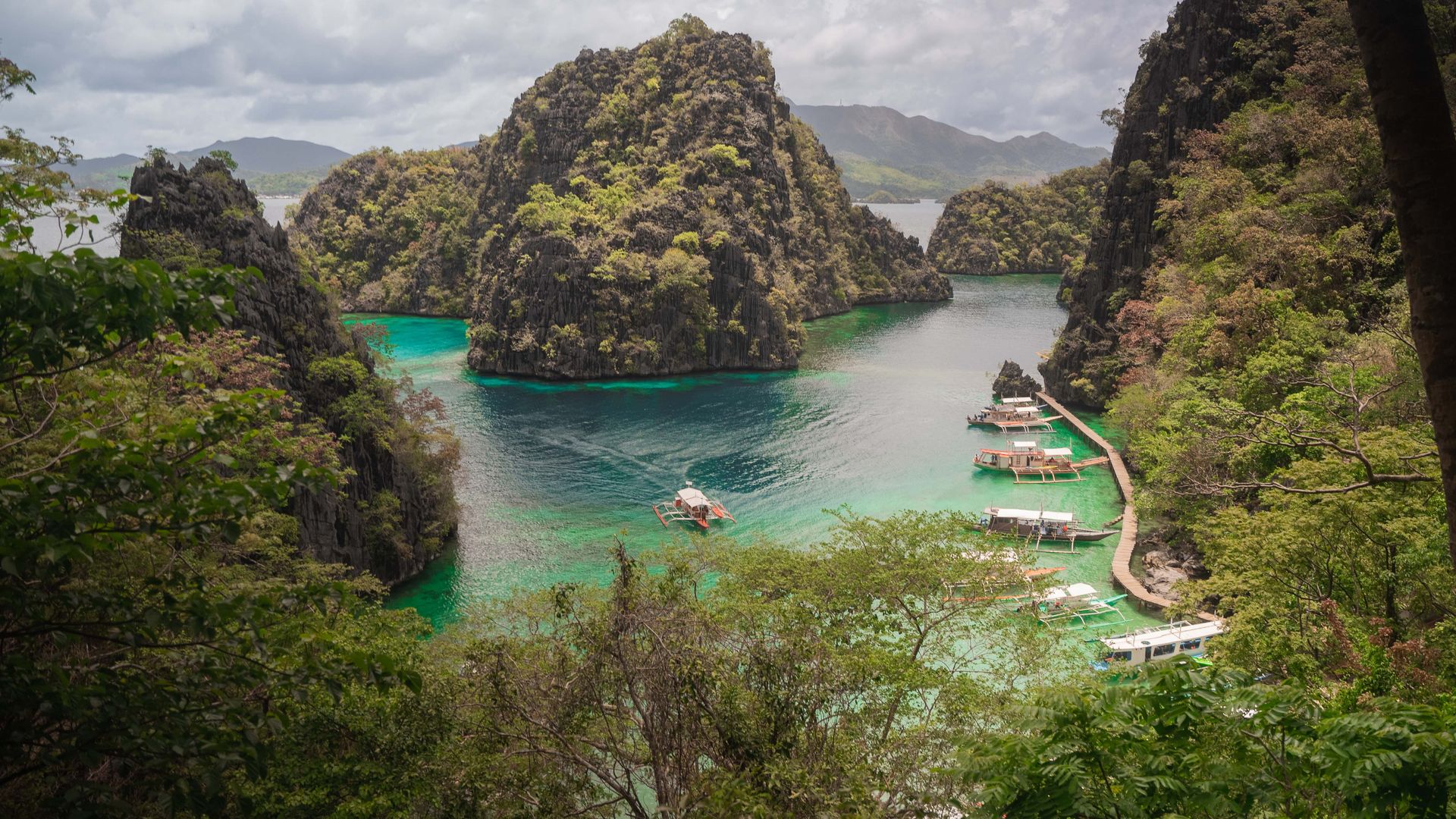
The tribe’s board members coordinate with travel agencies and boatsmen to ensure that tourists, especially foreigners, follow the rules when they visit Kayangan, which has a Presidential Hall of Fame award for being the Philippines’ cleanest inland body of water from 1997 to 1999.
The government discontinued the award programme in the early 2000s, but the lake has maintained its reputation: Kayangan is still widely regarded as Asia’s cleanest lake.
“We have been able to take care of the lake because of the perseverance of our lifeguards and maintenance staff,” says Mr Abella. “We are always overjoyed whenever people tell us our lake is one of the most beautiful they have seen.”
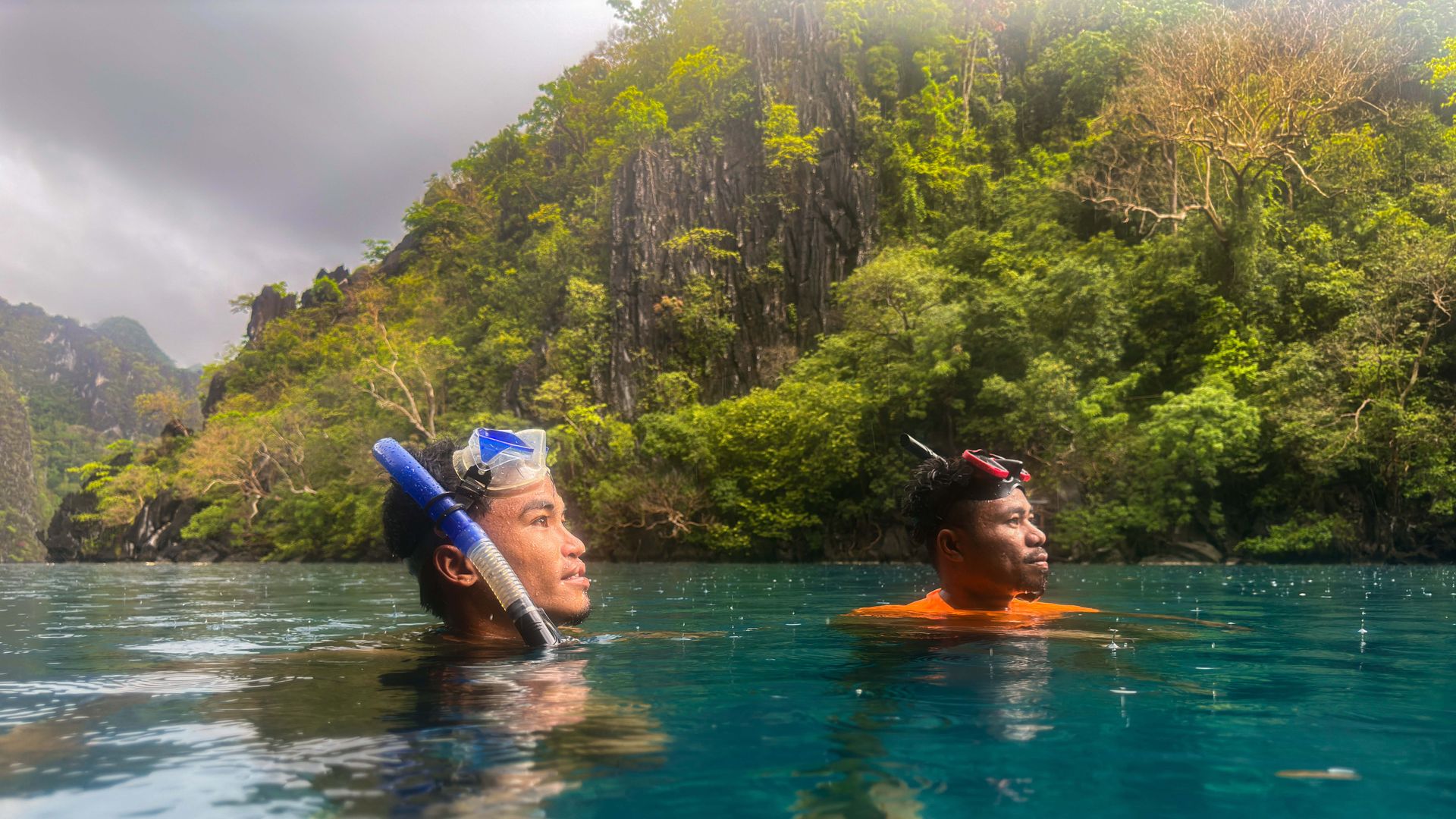
The Tagbanua, however, fell on hard times when the Covid-19 pandemic hit.
The tribe relied so much on tourism that when borders closed and travel was suspended for more than two years, the Tagbanua lost their primary source of income.
They went back to their roots, turning to the surrounding waters and forest for food and medicine.
It was not always enough.
The pandemic brought intense suffering for us. I went back to spearfishing. I also farmed shellfish and seaweed just so I could feed my family,
Open borders, open arms
When travel restrictions were eased by 2022, the Tagbanua welcomed tourists back with open arms. The entire island province of Palawan attracted more than 690,000 tourists that year, compared with just 64,900 the year before.
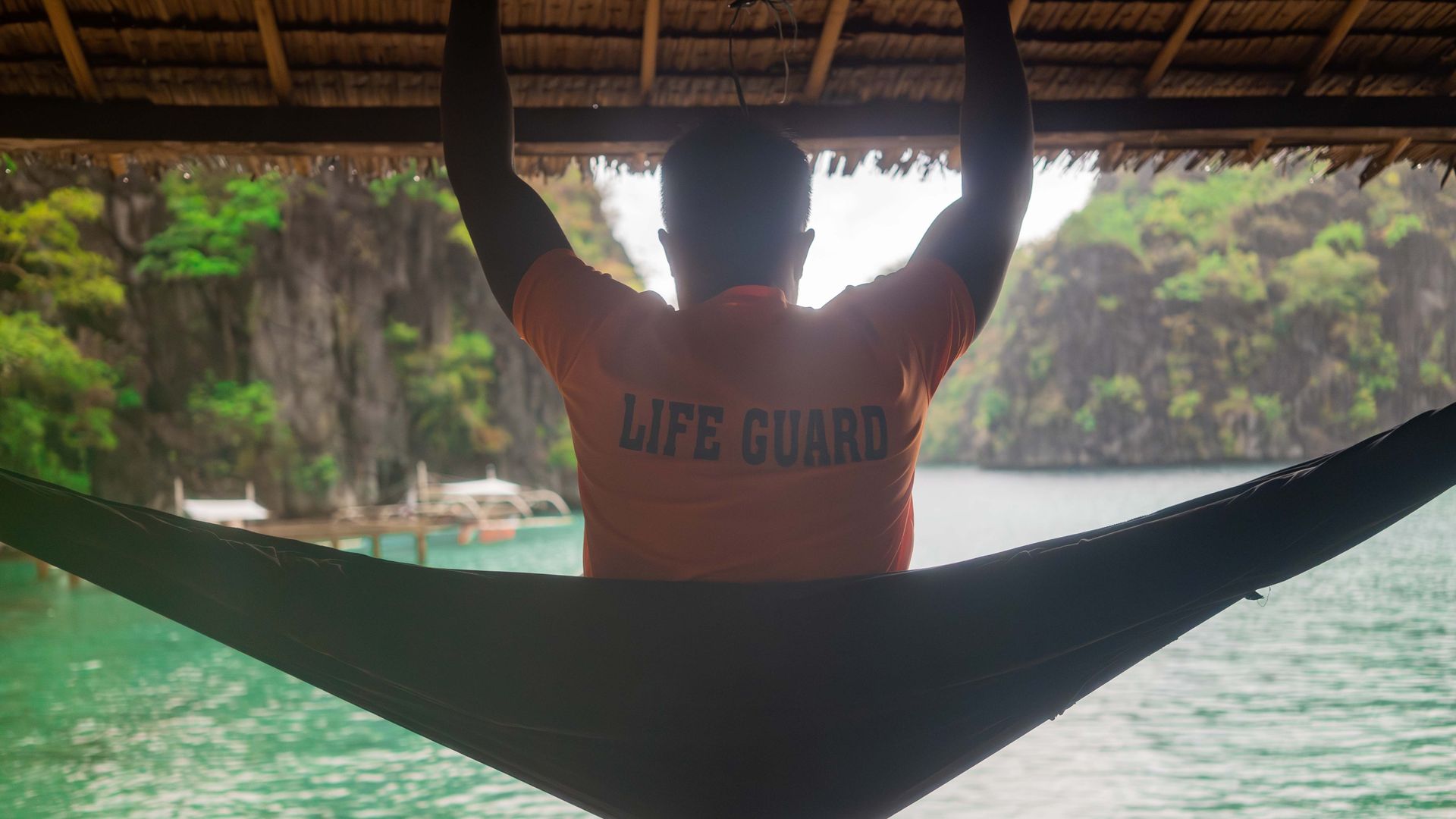
The return of tourists also meant trash returning to the shores of Coron, but Mr Aguilar does not mind.
He says he thinks only about his wife and two sons, who are nine and six.
Mr Aguilar did not finish college, and he wants a different life for his children. If that means he has to clean up after dirty tourists every day, he is happy to do it, he says.
“I will always welcome tourists here because I think about our next generations. I want them to make a living out of Kayangan too.”
